 Earlier this year we published a top 10 list of famous stamp collectors, ofcourse this list was just the tip of the iceberg so we decided to dedicate a new article to this subject.
Earlier this year we published a top 10 list of famous stamp collectors, ofcourse this list was just the tip of the iceberg so we decided to dedicate a new article to this subject.
We hope you have as much fun in reading this article as we had in writing it!
Dracula
Dracula was a stamp collector! Who would have thought that a man such as he was a philatelist? The man who, according to the poster for the 1931 film ‘Dracula’, had: “The strangest passion the world has ever known”.
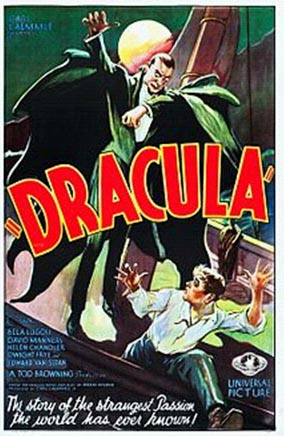


Of course we are not talking about the title character from the horror story written by Bram Stoker in 1897, but the famous actor Bella Lugosi – who played the title role in the film. He also appeared in films as the Son of Frankenstein, thus earning him the title ‘The King of Horror’. Five-times married, he died at his home in Los Angeles in 1956 aged 73.
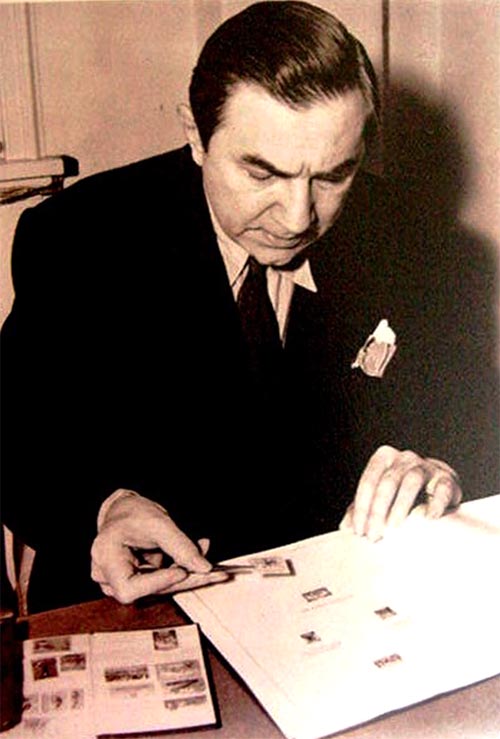
John Lennon
America’s National Postal Museum houses John Lennon’s boyhood stamp album, containing more than 500 stamps.

The stamp album was given to Lennon by his older cousin Stanley Parkes who had started the collection. Lennon, who was around 10-years-old at the time, crossed out his cousin’s name and wrote his own in the same space – and in typically irreverent fashion inked a smoking pipe and a beard over the cover pictures of Queen Victoria and King George VI.
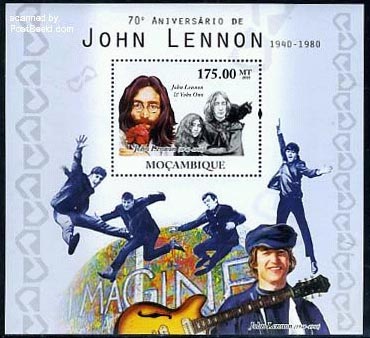
Lennon, probably 10 at the time, erased his cousin’s name and wrote his own in the same space, and—a budding iconoclast—added inky mustaches to the cover pictures of Queen Victoria and King George VI.
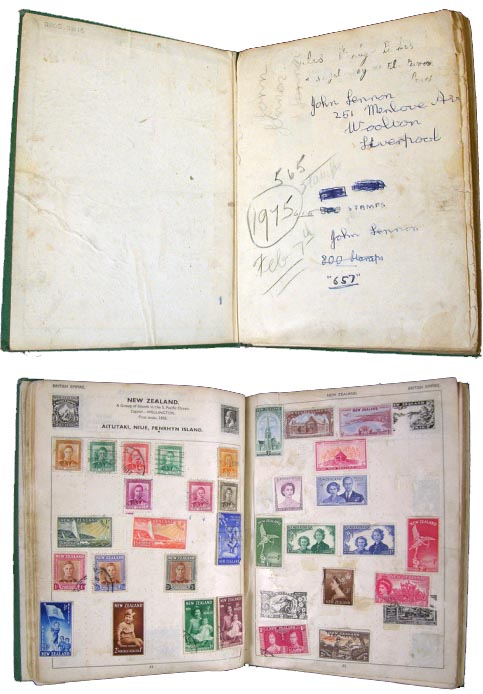
The album was bought at auction in 2005 by London stamp dealer Stanley Gibbons Ltd. It was then offered for resale for around $50,000 and was snapped up by the National Postal Museum.
George Bernard Shaw

Born in Ireland in 1856, George Bernard Shaw was a playwright – and in 1895 a co-founder of the London School of Economics. He began his writing career as a music and literary critic. Nevertheless, his main talent was for drama, and he wrote around 60 plays. In addition he penned many novels and short stories. Most of his compositions addressed social problems, adding a vein of comedy to them – which made them more acceptable to the public at that time. Subjects he addressed included class privilege, education, religion, marriage, government, and health care.
As a strong believer in socialism, he was most concerned by what he perceived as the exploitation of the working class and did much to further causes he strongly supported. These included gaining equal rights for men and women, alleviating abuses of the working class, rescinding private ownership of productive land, and promoting healthy lifestyles. He also became a vegetarian and called his own pre-vegetarian self a “cannibal”.

He was awarded the Nobel Prize for Literature in 1925. And at the 1938 Academy Award ceremony Shaw won an Oscar for his contributions to literature and for his work on the film Pygmalion (an adaptation of his play of the same name) – thus becoming the only person ever to have been awarded both prizes. Shaw turned down all other awards and honours, including the offer of a British knighthood. Pygmalion was later adapted as a stage play and a film with the title “My Fair Lady”.
Shaw’s hobbies included stamp collecting and photography, the accompanying photograph showing him studying part of his collection.
Shaw died in 1950, aged 94, from chronic problems caused by injuries he received by falling from a ladder! The stamps below feature two of Ireland’s most famous sons, George Bernard Shaw and Oscar Wilde.
Franklin Delano Roosevelt

Consistently rated by scholars as one of the top three U.S. Presidents of all time, along with Abraham Lincoln and George Washington, Franklin Delano Roosevelt was the 32nd United States President and held office from 1933 until his death at the age of 62 in 1945.

He remains the longest serving American president, being elected to office four times. Roosevelt led the United States through two of the greatest crises of the 20th century – the Great Depression and the Second World War.
Known as ‘the stamp collecting president’, Roosevelt was introduced to philately by his parents in 1890, at the age of 8.
Roosevelt immersed himself in the hobby and allegedly begged family members to send him mail and bring him stamps from around the world.
He would collect every stamp that he could lay his hands on. As a result, by the time he was elected president, he had such an enormous collection that he had albums for practically every country in the world.
It was claimed that Roosevelt had 1.2 million stamps in his collection, part of which is pictured above. Throughout his life, his stamps travelled with him in a wooden trunk. He allegedly spent hours each night with his stamp collection and was even involved in approving a new stamp on the day of his death.
He once described his hobby thus: “Stamp collecting dispels boredom, enlarges our vision, broadens our knowledge, makes us better citizens and, in innumerable ways, enriches our lives.”
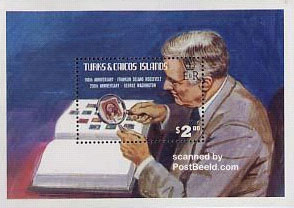
Amelia Earhart
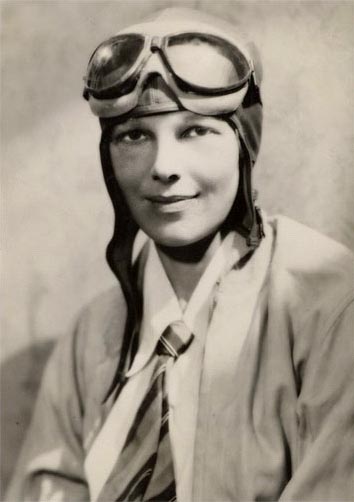
American aviator Amelia Earhart became the first woman to fly solo across the Atlantic Ocean in May, 1932, flying between Newfoundland and Ireland – and thus went on to enjoy celebrity status worldwide. She captured the public’s imagination and became a role model for women in America. The achievement ensured her not only worldwide acclaim but a place in aviation history.
Earhart was closely associated with philately and it greatly assisted her career. The sale of her flown philatelic souvenirs helped offset the expense of her aeronautic adventures and further ensured her legacy in aerophilately. She personally collected examples of her mail and exhibited them at TIPEX, the May 1936 international stamp exhibition, where she also spoke and distributed exhibitor awards.

Born in Kansas in 1897, she disappeared during her ill-fated 1937 flight around the world, on which Earhart and her navigator, Fred Noonan, carried approximately 5,000 souvenir covers in the nose cargo compartment of her Lockheed Electra airplane. Collectors had ordered and paid $5 each for an autographed, cacheted cover in advance of the flight. Earhart’s intention was to add stamps and acquire postmarks along the route, and reports indicate that she did receive postmarks before take-off in Oakland and again in Karachi. Rescuers found no trace of Earhart after her plane ran out of fuel on July 2 and went down during her desperate search for Howland Island in the Pacific Ocean.

In 1968, Elsie M. Williamson, assisted by stamp dealer Jacques Minkus, donated Amelia Earhart’s personal collection of flown mail with photographs and a leather flight suit to the Philatelic and Postal History Division of the U.S. National Museum. Williamson had acquired the collection directly from Earhart’s husband, George Palmer Putnam.
![]()









Do you have an adition to this list? By all means let us know!